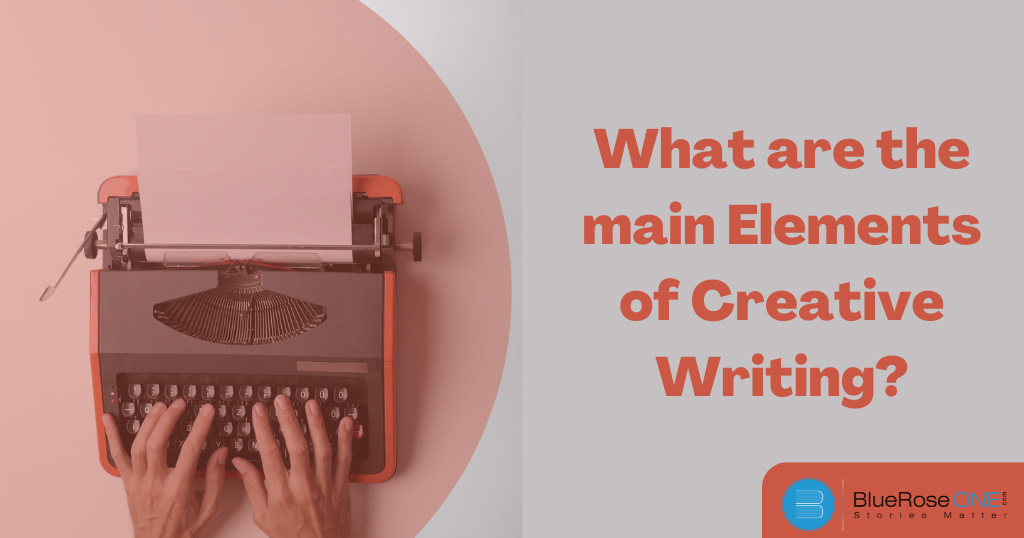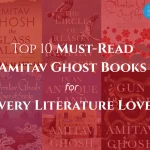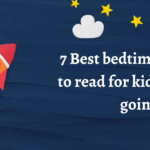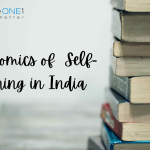As the name implies, creative writing is a type of writing that extends beyond the traditional boundaries of normal, professional, academic, or technical writing.
Instead, it encompasses a wide range of genres and styles in both fiction and nonfiction writing, including storytelling, playwriting, poetry, prose, journalism, and more.
Though the definition is somewhat ambiguous, creative writing is generally defined as any type of writing that is original and expressive of oneself. It is usually distinguished by an emphasis on narrative craft, with an emphasis on elements such as character development, narrative, and plot, infusing its structure with imagination, invention, and story.
In this sense, creative writing can be defined as any writing of contemporary, original composition that is not bound by standard conventions and employs a wide range of elements in its craft.
In an academic setting, creative writing classes are usually divided into fiction, poetry, or scriptwriting, with a focus on writing in an original style that is not defined by pre-existing structures and genres.
Here’s the list of top 9 elements of creative writing-
• Character
You may alsso like: 10 Effective Strategies to Improve Your Reading HabitsFlat characters are two-dimensional in the sense that they are simple. Round characters, on the other hand, are multifaceted beings with many diverse traits that evolve, sometimes to the surprise of the reader. Dynamic characters fluctuate during the plot, whereas static characters remain the same throughout.
• Dialogues
Your characters can only be explained to an extent – to make your story more dynamic, the need of dialogues is abundant. Dialogues help people know the varieties of emotion in which the writer would convey certain sentences through a dialogues; also, it sets the characters’ personalities strongly.
You may also read: Aravind Adiga Books of All Time | BlueRoseOne
• Narration
The narration helps you understand what all is happening together. Writing the scenes itself, the flesh of the world you’re building, is another important aspect of fiction writing.
Knowing what needs to be communicated is one of the most crucial writing methods in this. What are the folks wearing, and where are they from? What information does your target audience require? What can you omit without causing harm? A lot of unnecessary information slows down the pace of your piece.
• Setting
The literary element setting involves the historical moment in time and geographic area in which a story takes place, and it helps create the main backdrop and mood for a story. Setting has been referred to as narrative world or milieu to incorporate a backdrop (particularly society) outside of the story’s immediate surroundings. Setting elements may include culture, historical period, location, and time. Setting, along with story, character, topic, and style, is regarded as a key component of fiction.
You may also read: What is Ghostwriting? A Complete Guide for Beginners
You may also like: 100+ Adjectives Begin With S (With Examples & Definitions)
• Structure
Will you compose an ode or a sonnet, a ballad, a novel, a short tale, or a limerick? And, once you’ve made that decision, how do you deal with the particularities of these forms? Furthermore, how and why did you make that decision? The spacing, paragraph, or verse structure all contribute to the reader’s aesthetic experience. The structure of your text is the font play to display emphasis, distinct elements, or changes in different features.
• Conflict
Creating conflict is the cornerstone to effective narrative. The conflict in a story is established by the writer soon after the main character is introduced. Conflict is the catalyst for action and the beginning of a story. Every writer should understand how to create interesting conflict.
Read: Sahitya Akademi Award: History, Nomination Process, History.
You can use six different sorts of conflict to move your story:
- Character vs. self
- Character vs. character
- Character vs. society
- Character vs. supernatural
- Character vs. technology
- Character vs. nature
• Plot
What distinguishes creative writing from other types of writing is that the former always includes a plot of some kind – and a distinctive one. Yes, remakes are called creative writing; but, the majority of creative writers build their own plot based on their own unique ideas. There is no story without a storyline.
You may also read: How to publish a Book in 2024 | Complete Guide
• Point of Views
You can express yourself in a variety of ways. However, the two most prevalent in creative writing are first person and third person.
- First Person – The narrator is the major character in this point of view. This means that you will read sections beginning with “I” and recognize that the primary character is narrating the story.
- Second Person – This point of view is most typically employed in educational writing, such as this blog post, rather than creative writing. It’s second person point of view when you see the word “you” and the narrator is speaking directly to you.
- Third Person – There are several versions of this point of view. Third person limited, third person many, and third person omniscient are all options. The first is commonly encountered.
When speaking about the character you’re following, the narrator in third person limited uses “he/she/they.” Nobody else knows that character’s inner thoughts and feelings. It’s similar to first person, but instead of the character delivering the story, a narrator does.
Third person multiple is similar to limited in that the narrator now knows various characters’ inner thoughts and feelings.
The last form, third person omniscient, occurs when the narrator continues to use “he/she/they” but has complete knowledge. They know everything there is to know about everyone.
While non-creative writing can include conversation (as in interviews), it is not employed in the same manner that creative writing does. Aside from silent films, creative writing requires language to reinforce the tale.
• Theme
A theme is the central topic of a piece in contemporary literary studies. The most popular modern definition of theme is an idea or point fundamental to a story that can often be summed up in a single word (e.g. love, death, betrayal). A story can have multiple themes. Themes, which are usually inferred rather than addressed openly, frequently examine historically widespread or cross-culturally recognizable topics, such as ethical problems.
These elements are the soul of your story. Keeping them all in will help you create an enigmatic and alluring story that compels the readers to read your book.
















